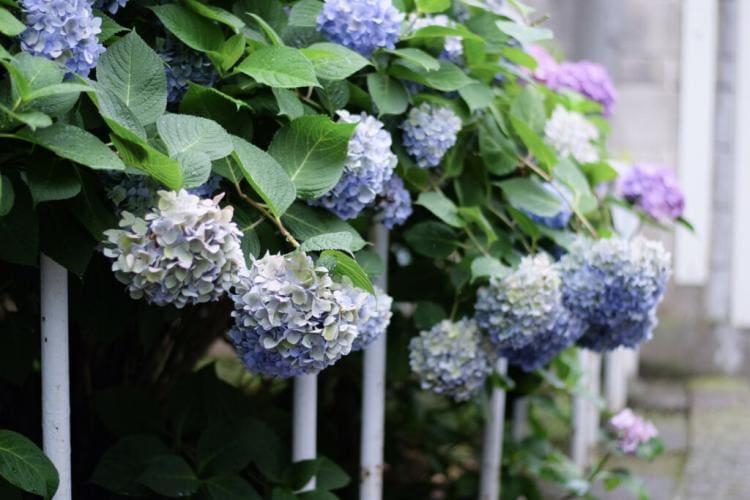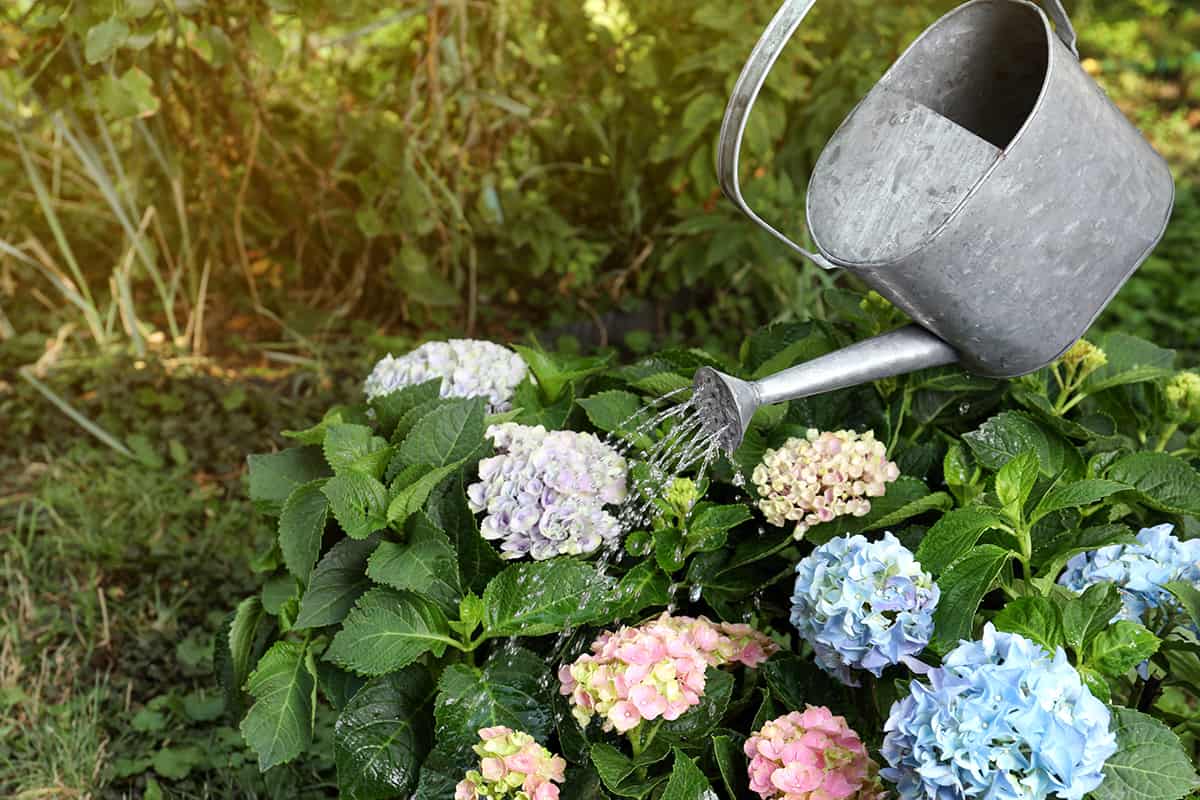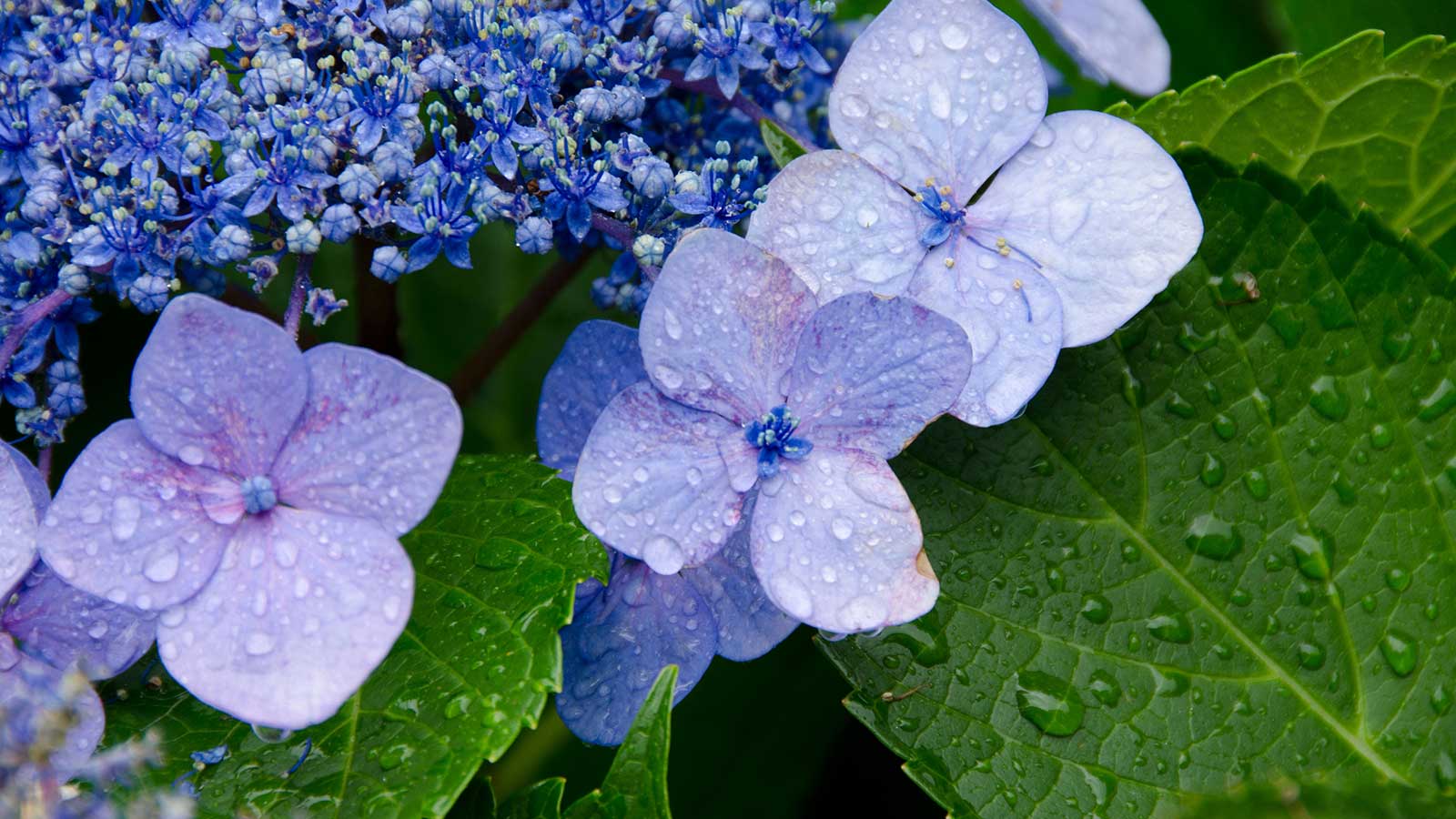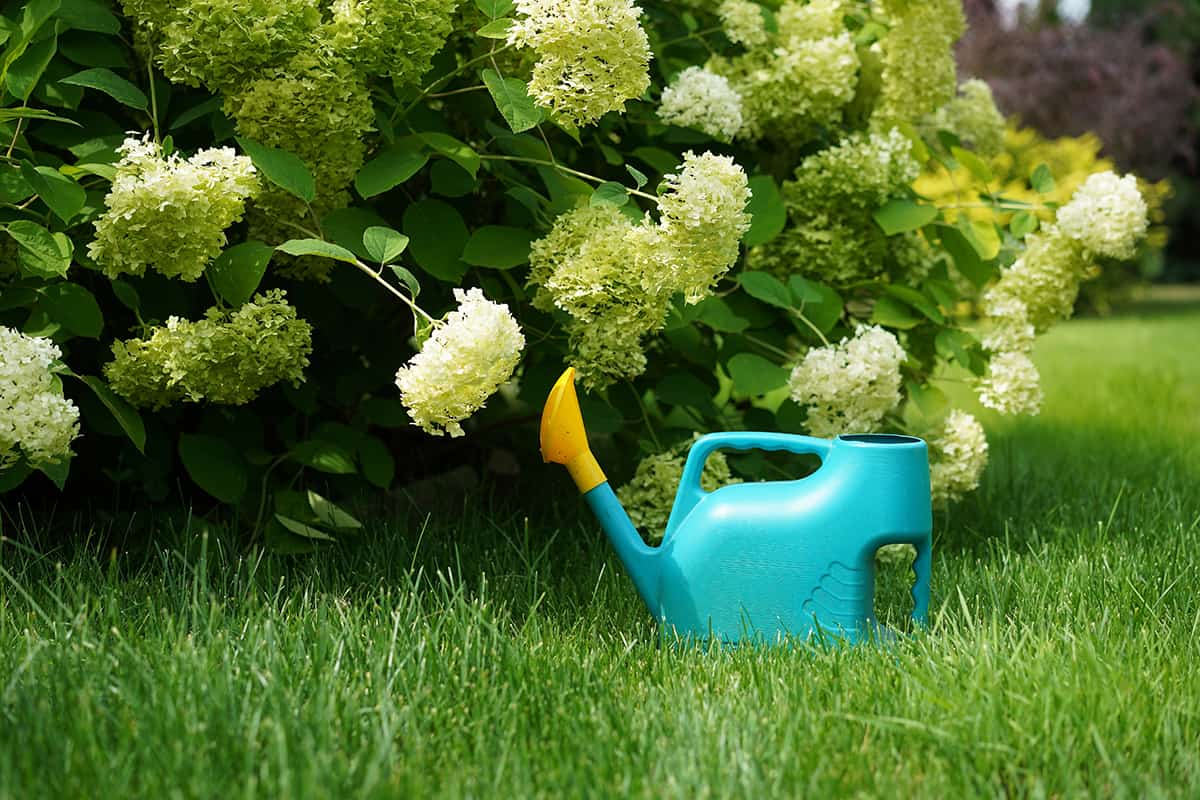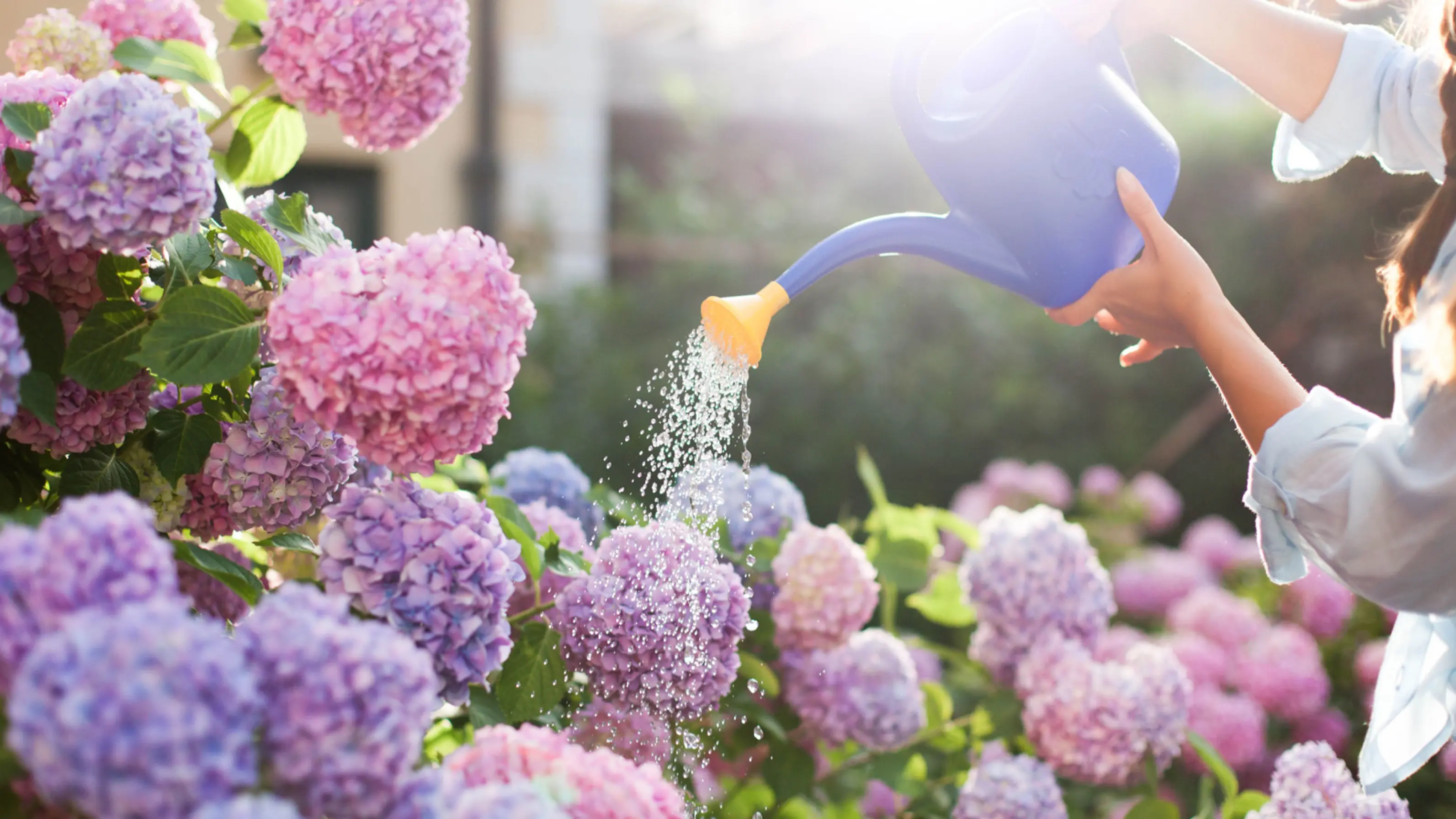Understanding Hydrangea Watering Needs
Hydrangeas require consistent moisture to thrive, and understanding their watering needs is crucial for optimal growth and blooming. When it comes to how often to water hydrangeas, it’s essential to consider the specific conditions of your plant. Hydrangeas prefer well-draining soil and partial shade to full sun, depending on the variety. In hot and dry climates, hydrangeas may require more frequent watering, while in cooler and more humid climates, they may require less.
The frequency of watering hydrangeas also depends on the time of year. During the active growing season, hydrangeas require more water to support new growth and blooming. However, during the dormant season, they require less water to prevent root rot and other problems. It’s also important to note that hydrangeas have different watering needs depending on their container size and soil type.
For example, hydrangeas grown in containers may need more frequent watering than those planted in the ground, as the soil can dry out quickly. On the other hand, hydrangeas planted in the ground may require less frequent watering, as the soil can retain more moisture. Understanding these factors is key to determining how often to water hydrangeas and providing them with the right amount of moisture.
Overwatering and underwatering can both have negative consequences for hydrangeas. Overwatering can lead to root rot, leaf drop, and reduced blooming, while underwatering can cause stress, resulting in wilted leaves, reduced growth, and decreased flowering. By understanding the specific watering needs of your hydrangea, you can avoid these common mistakes and provide your plant with the right amount of moisture.
How to Check Hydrangea Soil Moisture
Checking soil moisture is a crucial step in determining how often to water hydrangeas. There are several methods to check soil moisture, including the finger test, moisture meter, and visual inspection. The finger test is a simple and effective way to check soil moisture. Insert your finger into the soil up to the first knuckle, and if the soil feels dry, it’s time to water. If the soil feels moist or wet, wait a day or two before checking again.
A moisture meter is another tool that can be used to check soil moisture. This device measures the moisture levels in the soil and provides a reading on a scale. This can be a useful tool for gardeners who want a more accurate reading of soil moisture. However, it’s essential to note that moisture meters can be affected by factors such as soil type and temperature.
Visual inspection is also a useful method for checking soil moisture. Check the soil for signs of dryness, such as cracking or shrinkage. Also, check the leaves of the hydrangea for signs of water stress, such as wilting or yellowing. If the leaves are droopy or wilted, it may be a sign that the soil is too dry.
Regularly checking soil moisture is essential to avoid overwatering, which can be detrimental to hydrangeas. Overwatering can lead to root rot, leaf drop, and reduced blooming. By checking soil moisture regularly, gardeners can ensure that their hydrangeas receive the right amount of water, leading to healthy growth and blooming.
It’s also essential to note that soil moisture can vary depending on the time of day and weather conditions. For example, soil moisture may be higher in the morning due to dew or irrigation, and lower in the afternoon due to evaporation. By taking these factors into account, gardeners can adjust their watering schedule accordingly.
The Best Watering Schedule for Hydrangeas
Developing a watering schedule for hydrangeas can be a bit tricky, but with a few guidelines, you can ensure your plants receive the right amount of water. As a general rule, hydrangeas need about 1-2 inches of water per week, either from rain or irrigation. However, this can vary depending on weather conditions, such as drought or heavy rainfall.
During hot and dry weather, hydrangeas may require more frequent watering, every 2-3 days. On the other hand, during cool and rainy weather, they may require less frequent watering, every 4-5 days. It’s essential to check the soil moisture regularly to determine if the plant needs water.
A good watering schedule for hydrangeas is to water them deeply once or twice a week, depending on the weather. This encourages deep root growth and makes the plant more drought-tolerant. Avoid frequent shallow watering, as this can lead to weak and shallow roots.
It’s also essential to consider the time of day when watering hydrangeas. Watering in the morning is best, as this allows the plant to absorb the water throughout the day. Avoid watering in the evening, as this can encourage fungal growth and other diseases.
Adjusting the watering schedule based on weather conditions is crucial for hydrangeas. During periods of drought, increase the frequency of watering, but avoid overwatering. During periods of heavy rainfall, reduce the frequency of watering, but ensure the soil doesn’t become waterlogged.
By following these guidelines, you can develop a watering schedule that meets the specific needs of your hydrangeas. Remember to monitor the plant’s response to the watering schedule and adjust as needed. With the right amount of water, your hydrangeas will thrive and produce beautiful blooms.
Factors That Affect Hydrangea Watering Needs
Several factors can affect the watering needs of hydrangeas, including temperature, humidity, wind, and sunlight. Understanding these factors can help you adjust your watering schedule to ensure your hydrangeas receive the right amount of water.
Temperature is a significant factor in determining hydrangea watering needs. In hot weather, hydrangeas may require more frequent watering, as the heat can cause the soil to dry out quickly. On the other hand, in cool weather, hydrangeas may require less frequent watering, as the soil may retain more moisture.
Humidity is another factor that can affect hydrangea watering needs. In humid environments, hydrangeas may require less frequent watering, as the air is already saturated with moisture. However, in dry environments, hydrangeas may require more frequent watering, as the air can dry out the soil quickly.
Wind can also impact hydrangea watering needs. In windy areas, hydrangeas may require more frequent watering, as the wind can dry out the soil quickly. However, in areas with little wind, hydrangeas may require less frequent watering, as the soil may retain more moisture.
Sunlight is also a factor to consider when determining hydrangea watering needs. In areas with full sun, hydrangeas may require more frequent watering, as the sun can dry out the soil quickly. However, in areas with partial shade, hydrangeas may require less frequent watering, as the soil may retain more moisture.
By understanding these factors, you can adjust your watering schedule to ensure your hydrangeas receive the right amount of water. For example, if you live in a hot and dry climate, you may need to water your hydrangeas more frequently, such as every 2-3 days. However, if you live in a cool and humid climate, you may need to water your hydrangeas less frequently, such as every 4-5 days.
It’s also essential to note that these factors can interact with each other, and the specific watering needs of your hydrangeas may depend on a combination of these factors. By monitoring the weather and adjusting your watering schedule accordingly, you can ensure your hydrangeas receive the right amount of water and thrive.
Watering Hydrangeas in Containers vs. In-Ground
Hydrangeas can be grown in both containers and in-ground, but their watering needs differ significantly depending on the growing conditions. When growing hydrangeas in containers, it’s essential to consider the size of the container, the type of soil, and the drainage system.
Containers can dry out quickly, especially in hot and dry weather, so hydrangeas in containers may require more frequent watering. However, it’s crucial to avoid overwatering, as this can lead to root rot and other problems. A general rule of thumb is to water hydrangeas in containers when the top 1-2 inches of soil feels dry to the touch.
In contrast, hydrangeas planted in the ground tend to require less frequent watering, as the soil can retain more moisture. However, it’s still essential to check the soil moisture regularly to avoid underwatering. A general rule of thumb is to water hydrangeas in the ground when the top 3-4 inches of soil feels dry to the touch.
Drainage is also a critical factor to consider when growing hydrangeas in containers. Make sure the container has good drainage holes to prevent waterlogged soil. If the container doesn’t have drainage holes, you can add a layer of small rocks or broken pottery to improve drainage.
Soil quality is also essential for hydrangeas in containers. Use a well-draining potting mix specifically designed for hydrangeas, and avoid using regular garden soil, as it can compact and prevent proper drainage.
When it comes to how often to water hydrangeas in containers vs. in-ground, it’s essential to consider the specific growing conditions. As a general rule, hydrangeas in containers may require more frequent watering, every 2-3 days, while hydrangeas in the ground may require less frequent watering, every 4-5 days.
By understanding the differences in watering needs for hydrangeas in containers vs. in-ground, you can provide your plants with the right amount of water and ensure they thrive.
Common Mistakes to Avoid When Watering Hydrangeas
When it comes to watering hydrangeas, there are several common mistakes to avoid. Overwatering is one of the most common mistakes, which can lead to root rot, leaf drop, and reduced blooming. Underwatering is another mistake, which can cause stress, resulting in wilted leaves, reduced growth, and decreased flowering.
Getting water on the leaves or crown is also a mistake to avoid. This can cause fungal diseases, such as leaf spot and powdery mildew, which can spread quickly and damage the plant. To avoid this, water at the base of the plant, avoiding the leaves and crown.
Watering hydrangeas too frequently is another mistake. Hydrangeas prefer to dry out slightly between waterings, so watering too frequently can cause the roots to rot. On the other hand, watering too infrequently can cause the plant to become stressed, leading to reduced growth and flowering.
Not adjusting the watering schedule based on weather conditions is also a mistake. Hydrangeas require more water during hot and dry weather, and less water during cool and rainy weather. Failing to adjust the watering schedule can lead to overwatering or underwatering, both of which can be detrimental to the plant.
By avoiding these common mistakes, you can ensure your hydrangeas receive the right amount of water and thrive. Remember to check the soil moisture regularly, adjust the watering schedule based on weather conditions, and avoid getting water on the leaves or crown.
When it comes to how often to water hydrangeas, it’s essential to consider the specific growing conditions. As a general rule, hydrangeas prefer to be watered deeply once or twice a week, depending on the weather. However, this can vary depending on the climate, soil type, and container size.
By following these tips and avoiding common mistakes, you can master the art of hydrangea hydration and enjoy beautiful blooms all season long.
Monitoring Hydrangea Health and Adjusting Watering
Monitoring hydrangea health is crucial to ensure they receive the right amount of water. By keeping an eye on your hydrangeas’ health, you can adjust their watering schedule accordingly. Signs of overwatering include leaf drop, yellowing, or wilting, while signs of underwatering include wilted leaves, reduced growth, and decreased flowering.
Regularly inspect your hydrangeas for signs of stress, such as leaf scorch, leaf curl, or leaf drop. If you notice any of these signs, adjust the watering schedule immediately. For example, if you notice leaf drop, it may be a sign that the plant is receiving too much water, so reduce the frequency of watering.
Also, monitor the color and texture of the leaves. Healthy hydrangea leaves are a deep green color and have a smooth texture. If the leaves are yellowing or developing brown spots, it may be a sign of overwatering or underwatering.
Adjusting the watering schedule based on hydrangea health is essential to prevent damage to the plant. By monitoring hydrangea health and adjusting the watering schedule accordingly, you can ensure your hydrangeas receive the right amount of water and thrive.
When it comes to how often to water hydrangeas, it’s essential to consider the specific growing conditions. As a general rule, hydrangeas prefer to be watered deeply once or twice a week, depending on the weather. However, this can vary depending on the climate, soil type, and container size.
By monitoring hydrangea health and adjusting the watering schedule accordingly, you can master the art of hydrangea hydration and enjoy beautiful blooms all season long. Remember to keep an eye on your hydrangeas’ health and adjust their watering schedule as needed to ensure they receive the right amount of water.
Conclusion: Mastering Hydrangea Hydration for Optimal Blooming
Mastering hydrangea hydration is crucial for optimal blooming and overall plant health. By understanding the importance of proper hydration, checking soil moisture regularly, and adjusting watering schedules based on environmental factors, you can provide your hydrangeas with the right amount of water.
Remember, hydrangeas have different watering needs depending on factors like climate, soil type, and container size. By considering these factors and adjusting your watering schedule accordingly, you can ensure your hydrangeas receive the right amount of water.
It’s also essential to monitor hydrangea health and adjust watering schedules accordingly. Signs of overwatering and underwatering, such as leaf drop, yellowing, or wilting, can indicate that the plant is not receiving the right amount of water.
By following the tips and guidelines outlined in this article, you can master the art of hydrangea hydration and enjoy beautiful blooms all season long. Experiment with different watering schedules and techniques to find the perfect balance for your hydrangeas.
When it comes to how often to water hydrangeas, remember that it’s essential to consider the specific growing conditions. As a general rule, hydrangeas prefer to be watered deeply once or twice a week, depending on the weather. However, this can vary depending on the climate, soil type, and container size.
By mastering hydrangea hydration, you can enjoy the beauty and benefits of these stunning plants. With proper care and attention, hydrangeas can thrive and provide years of enjoyment.



